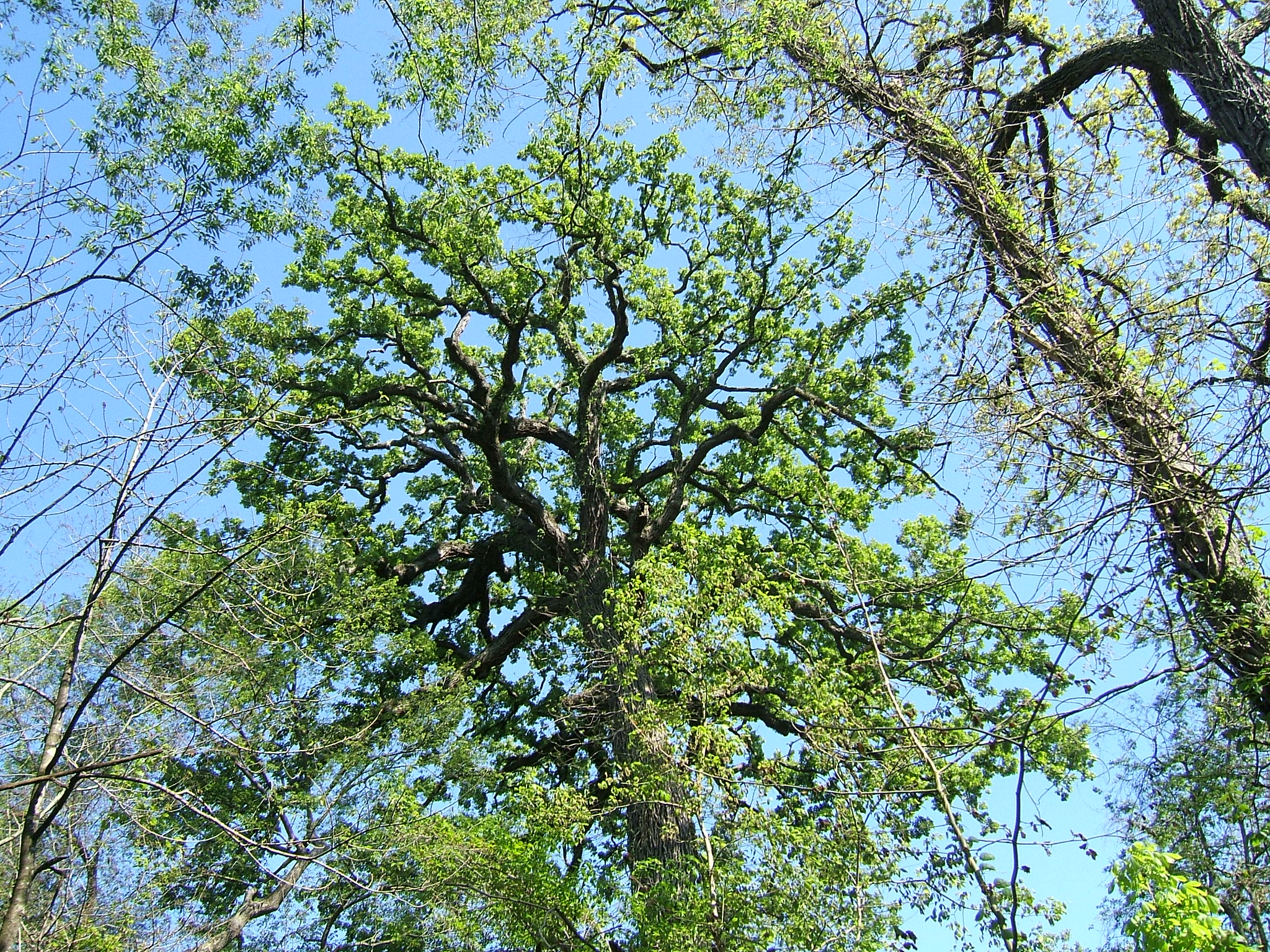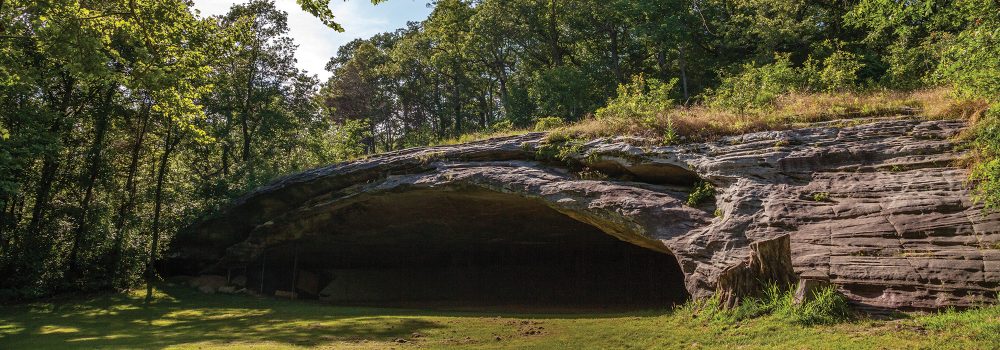If you enjoy natural history and unusual local plants, animals, and geology, then St. Francois State Park is just the place for you. The park is filled with interesting Civil War history and you can learn how the hills of the park have been a hideout and a refuge for a long time.
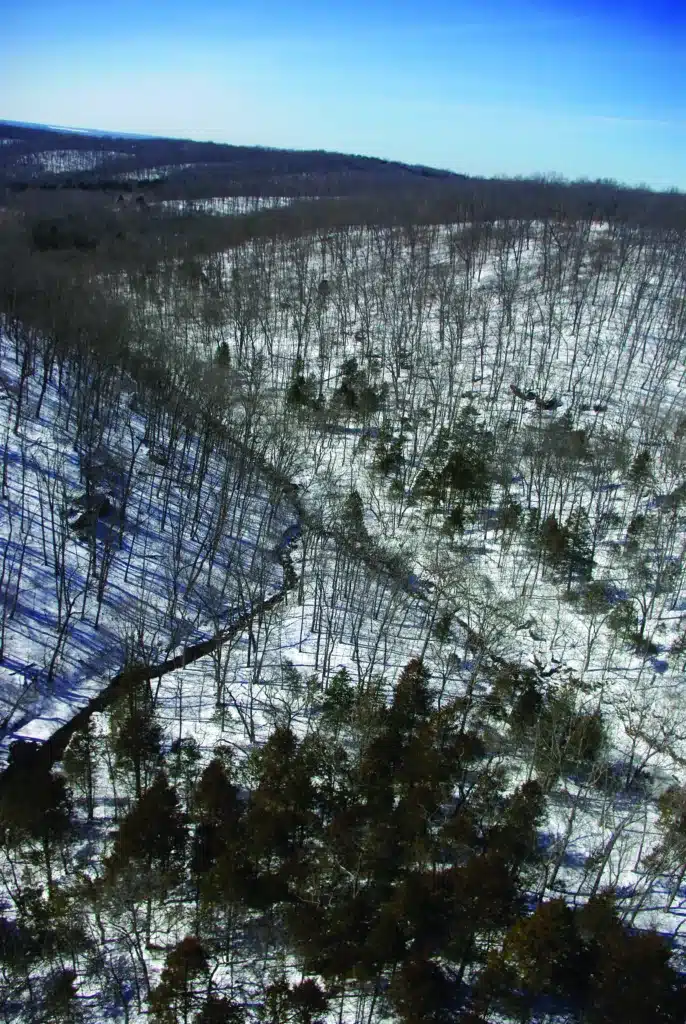
DESCRIBING HIS CIVIL WAR HIDE-OUT in the Pike Run Hills of St. Francois County, Sam Hildebrand in 1870 is reported to have said, “They look like the fragments of a broken up world piled together in dread confusion, and terminating finally in an abrupt bluff on the margin of Big River.”
These hills have been a hideout and a refuge for a long time. Ten thousand years ago, as the last ice age ended and the climate moderated, the spring-fed seepages along the narrow, shaded valleys of Pike Run became isolated strongholds for delicate water-loving plants that had perished elsewhere in the warmer and drier Ozarks.
Much later, when Americans began to settle the eastern Ozark Border region, the rough and remote hills surrounding the Pike Run tended to attract people seeking refuge, permanent or temporary, from the outside world. And during the Civil War, these same hills were the favorite refuge for one of Missouri’s most notorious Confederate guerrillas.
In 1964, the St. Francois County Court conveyed about 1,350 acres at the heart of this wild and rugged region to the people of Missouri for a state park, following a local drive for funds to purchase the land. This was matched by another 1,050 acres with three miles of frontage along the Big River donated by the St. Joseph Lead Company. In a sense, these valuable gifts ensure that the Pike Run Hills will continue to be a refuge—for the rare and beautiful plants along the streams, for the wild animals of the forests and hills, and for refuge-seeking people. Folks to- day don’t visit here to escape the long arm of the law but rather to find refreshment and renewal amid the beauty of these ancient hills beside the waters of Pike Run, now known as Coonville Creek, and along the banks of the historic Big River.
St. Francois State Park is named for the county in which it is located, not for the ancient mountains just to the south. The park is a superlative example of the intricately dissected topography so characteristic of this part of Missouri, especially along the larger streams. The underlying bedrock has been carved over millennia by water draining to the Big River. The resulting hills and hollows are cloaked in forests and woodlands of oak, hickory, and red cedar, with several glade openings on south-facing slopes.
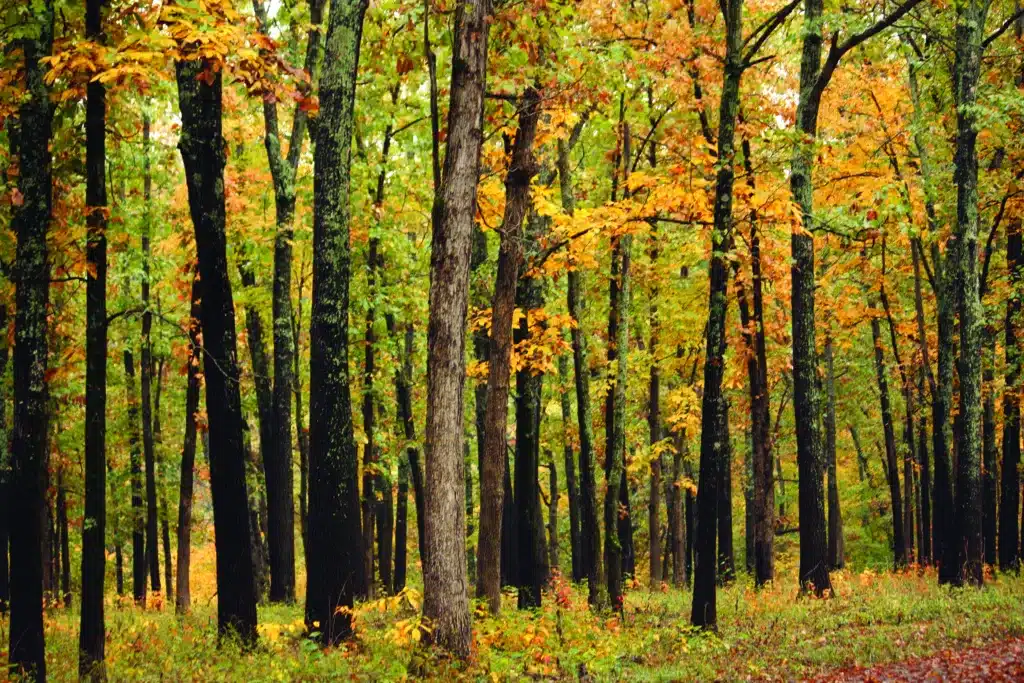
Photo by Jamie Hubert
The soul of this landscape and the setting for its most exciting natural features is the valley of Coonville Creek; an inviting trail leads up the valley. One of the first things that will strike you about this small stream is the clarity of its waters. Another will be the beauty of its musical flow over bedrock ledges, not rushing and turbulent in normal seasons, but gentle and refreshing. Pausing at one of the many pools, you can lose yourself in the aquarium-like world of graceful native fish, aquatic insects, and delicately floating leaves. Over eighteen kinds of fish live here, including the colorful southern redbelly dace, the orangethroat darter, and the nocturnal slender madtom.
Locals knew a stream here as Pike Run, but government mapmakers called it Coonville Creek, probably after the nearby Coonville School. You won’t find Pike Run on a map, but it lives on in the local name Pike Run Hills, used for the isolated, rugged, and wild region of which the stream is the heart.
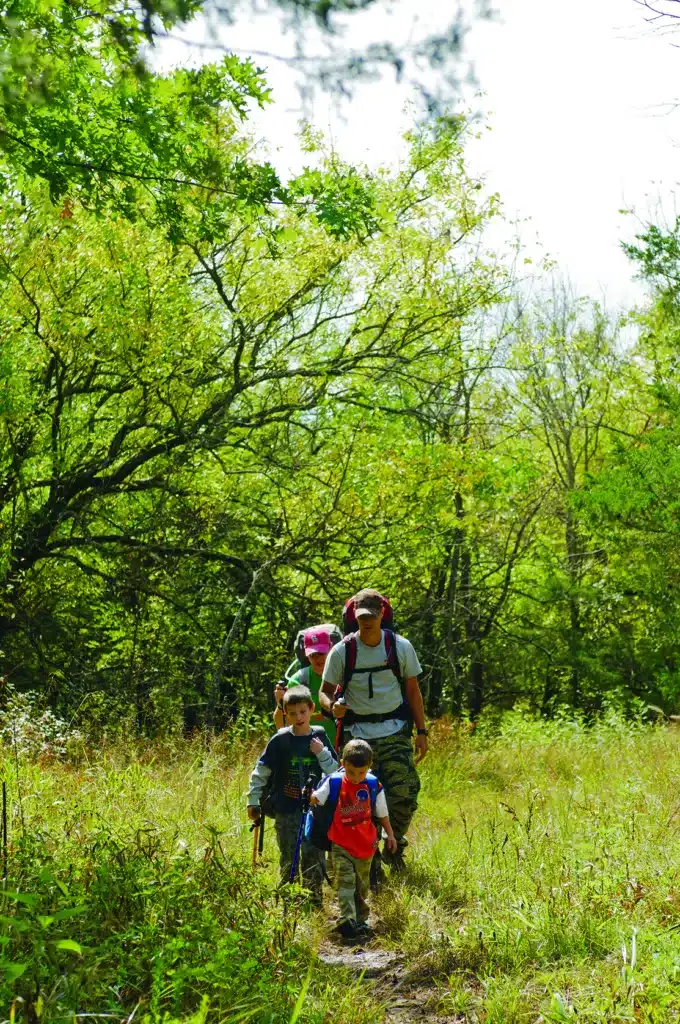
Photo by Scott Myers
Along the valley, the trail passes a number of small springs and seeps. These cool, dependable waters help account for the steady clear flow of the stream. Around some of the seeps, boggy soils support plant communities called fens. Growing in these fens are botanical rarities such as the grass pink orchid, swamp wood betony, and swamp thistle. The rarest jewel in this valley is the queen of the prairie, with its luxuriant deep green foliage and tall summer-flowering spikes bearing dense clusters of pink blossoms. All of these features render Coonville Creek one of the premier small streams in the Ozarks. It has been designated an Outstanding State Resource Water for its aesthetic and scientific value, and its valley is the Coonville Creek Natural Area. But Coonville wears its titles lightly. It is a friendly stream that will call you again and again to wander in its valley and along its banks.
The same rugged isolation that helps to explain the unique natural character of Coonville Creek also made the Pike Run Hills a hideout for human refugees. The most famous of these by far was the notorious outlaw Sam Hildebrand. Hildebrand came from an established and respected family in the Big River valley—the imposing 1832 Hildebrand home of ashlar stone still stands today very near the park boundary—and as a child Sam roamed all over the Pike Run Hills. When the Civil War broke out, the terrible division of Missouri cleaved right through the Big River neighborhood.
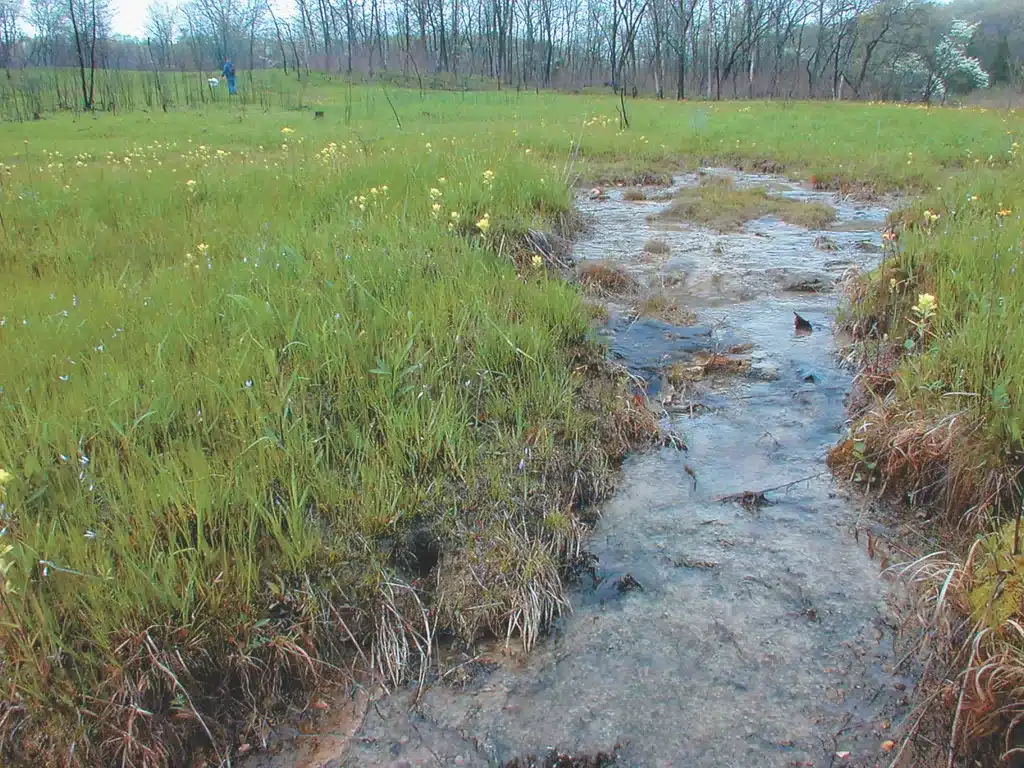
Photo by Ken McCarty
Though sympathizing at first with the Union cause, Sam turned to the Confederacy when Union militia killed three of his noncombatant brothers in cold blood and drove his mother from their family home. He became a bitter rebel bushwhacker who killed for revenge, and he was so deadly that his small band tied down large numbers of Yankee troops all over southeast Missouri. When federal soldiers were hot on his trail, Sam often headed for the Pike Run Hills. The small cave where he reputedly hid is still concealed in the park, high on a bluff above the Big River.
In the early twentieth century, the narrow hollows and coves of these hills proved ideal for the time-honored Ozark custom of making moonshine whiskey. Up one of the side hollows off Coonville Creek, a lovely spring emerges from a shaded, mossy grotto. Moist ledges glisten with ferns and liverworts. Dogwood branches and wild hydrangeas nod overhead, and the gurgle of spring water over shiny pebbles soothes the ear. Perhaps old John Thomas Forshee enjoyed the peaceful quiet of this beautiful spot as much as he appreciated how perfect it was for the moonshine still that he set up there in the 1920s. The “revenuers” eventually caught John Thomas and sent him to prison. But Forshee Spring is still hidden in the hills, and it’s as alluring as ever.
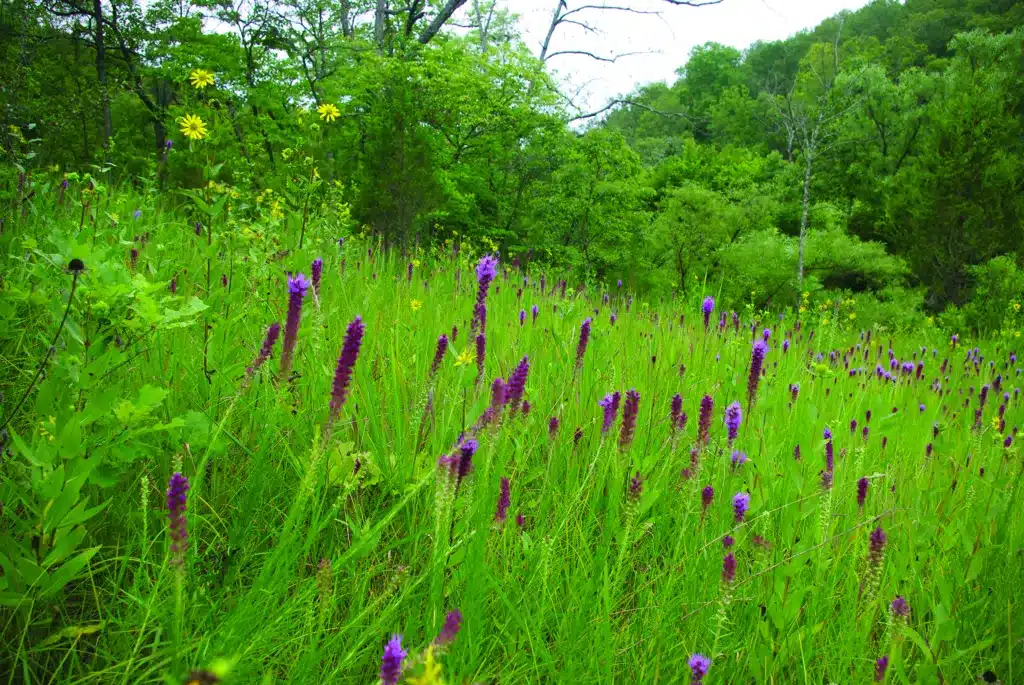
Photo by Ron Colatskie
The 2,735-acre St. Francois State Park provides an immaculately kept campground and lovely picnic sites, and the Big River provides wading and swimming holes as well as easy canoeing. More than 80 percent of the park has been designated the Coonville Creek Wild Area, accessible via the ten-mile Pike Run Trail. Park visitors can enjoy an outstanding interpretive program and many activities.
Whether your interest is natural history and you enjoy the unusual local plants, animals, and geology, or your imagination is fired by the lonely vigils of Sam Hildebrand and John Thomas Forshee hiding in these ancient hills, St. Francois State Park is waiting to welcome you and your family to your own refuge, a place of exploration and refreshment.
ST. FRANCOIS STATE PARK • 8920 US HIGHWAY 67 NORTH, BONNE TERRE
Check out these five state parks that are perfect to visit over the holidays.
Purchase our Missouri State Parks and Historic Sites book here.
You can also purchase our Missouri State Parks Special Edition book here.
Related Posts
Get Out and See Big Oak State Park
You have got to see these trees. Big Oak Tree State Park is home to one national champion, a pumpkin ash, and three state champion trees, overcup oak, sweetgum, and persimmon. The ancient cypress are awe inspiring. The park is also a bird watchers dream with more than 150 known species chirping from the trees.
Hiking Graham Cave State Park
Head over to Graham Cave State Park to walk in the footsteps of early Missourians.
Beatles Come to the Show-Me State
Charlie O. Finley brought the Beatles to Kansas City on this date. Fewer than half the seats were filled at Municipal Stadium.

